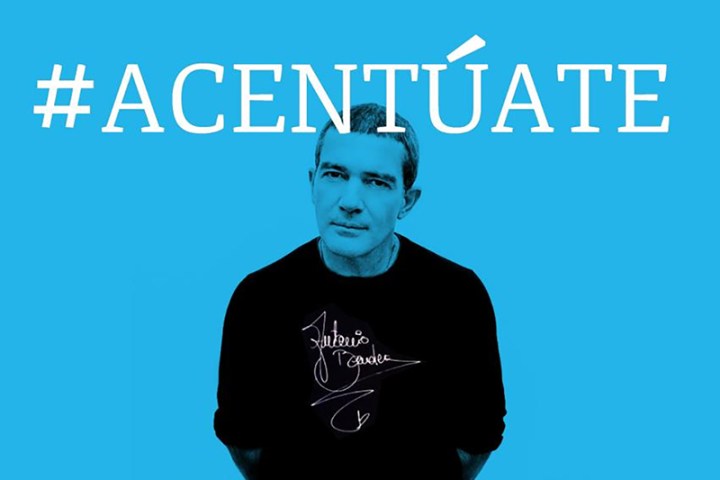
Of course, there’s a hashtag to promote the cause as well: #acentúate (which means accent yourself). As Gizmodo reports, well-known Spanish actor Antonio Banderas is one of those who’s taken up the cause of the missing accents, which can make more of a difference than you might realize. For example, “Inglés” means English, but “Ingles” means groin — not a mistake you want to be making on a social network.
Pon tildes a tus hashtags. Técnicamente funcionan igual y denota respeto por quienes nos leen. #acentúate pic.twitter.com/XlVSpuImtP
— Antonio Banderas (@antoniobanderas) September 16, 2015
According to Quartz, the #acentúate hashtag was tweeted 16,000 times in the first 24 hours of the campaign, so it’s already off to a steady start. Representatives at the foundation say they’re looking to fight back against what they see as lazy approaches to spelling in public forums and online networks, something we’ve probably all experienced in our Web travels (don’t forget those accents require a couple more taps on the keyboard).
The group also want to raise awareness of the fact that these special characters are now fully supported on Twitter, Facebook and other similar networks (as well as the apps we use to view them), something that hasn’t always been the case.
While the spread of the Internet brings the four corners of the world closer than ever before, at least in a virtual sense, English continues to dominate online (the English Wikipedia currently features 4.9 million articles compared to the 1.2 million written in Español). The Fundación del Español Urgente campaign is one small step toward preserving linguistic diversity.


